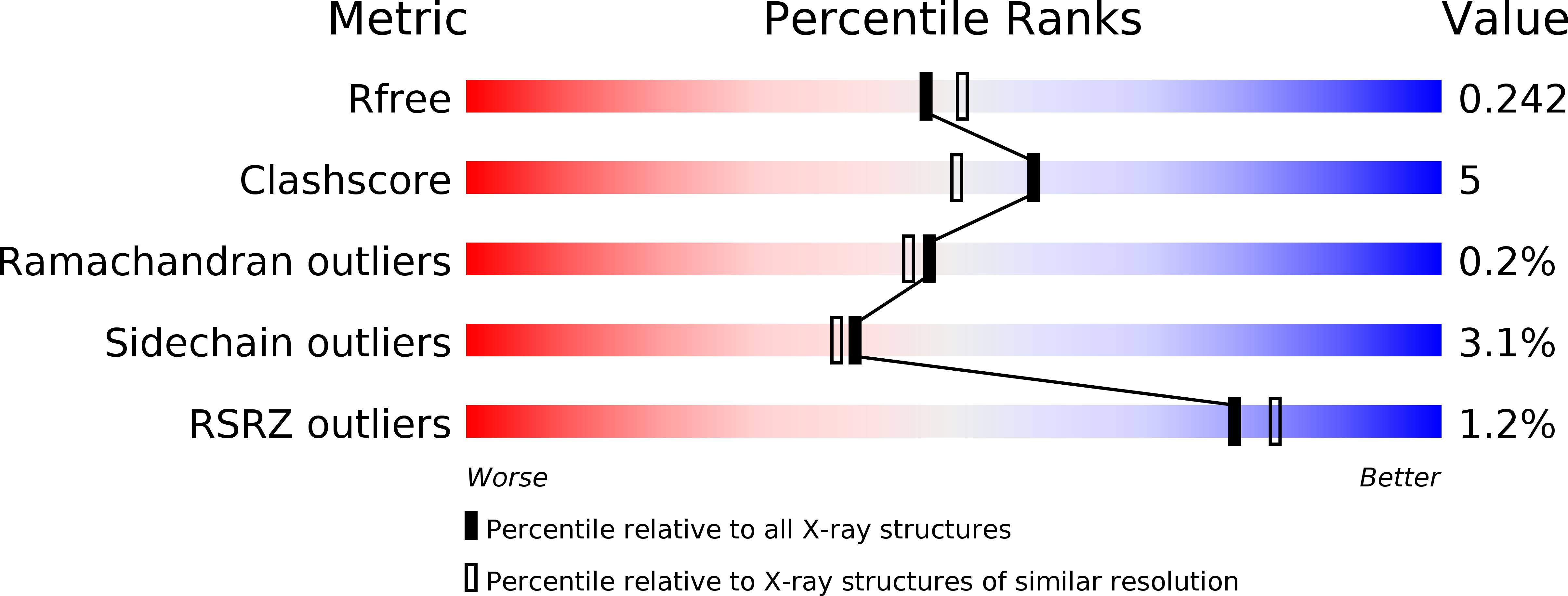
Deposition Date
2014-06-03
Release Date
2014-10-29
Last Version Date
2024-02-28
Entry Detail
PDB ID:
4QJ2
Keywords:
Title:
Crystal structure of inactive HIV-1 protease variant (I50V/A71V) in complex with WT p1-p6 substrate
Biological Source:
Source Organism:
Human immunodeficiency virus 1 (Taxon ID: 11676)
Host Organism:
Method Details:
Experimental Method:
Resolution:
2.13 Å
R-Value Free:
0.23
R-Value Work:
0.18
R-Value Observed:
0.18
Space Group:
P 1 21 1


